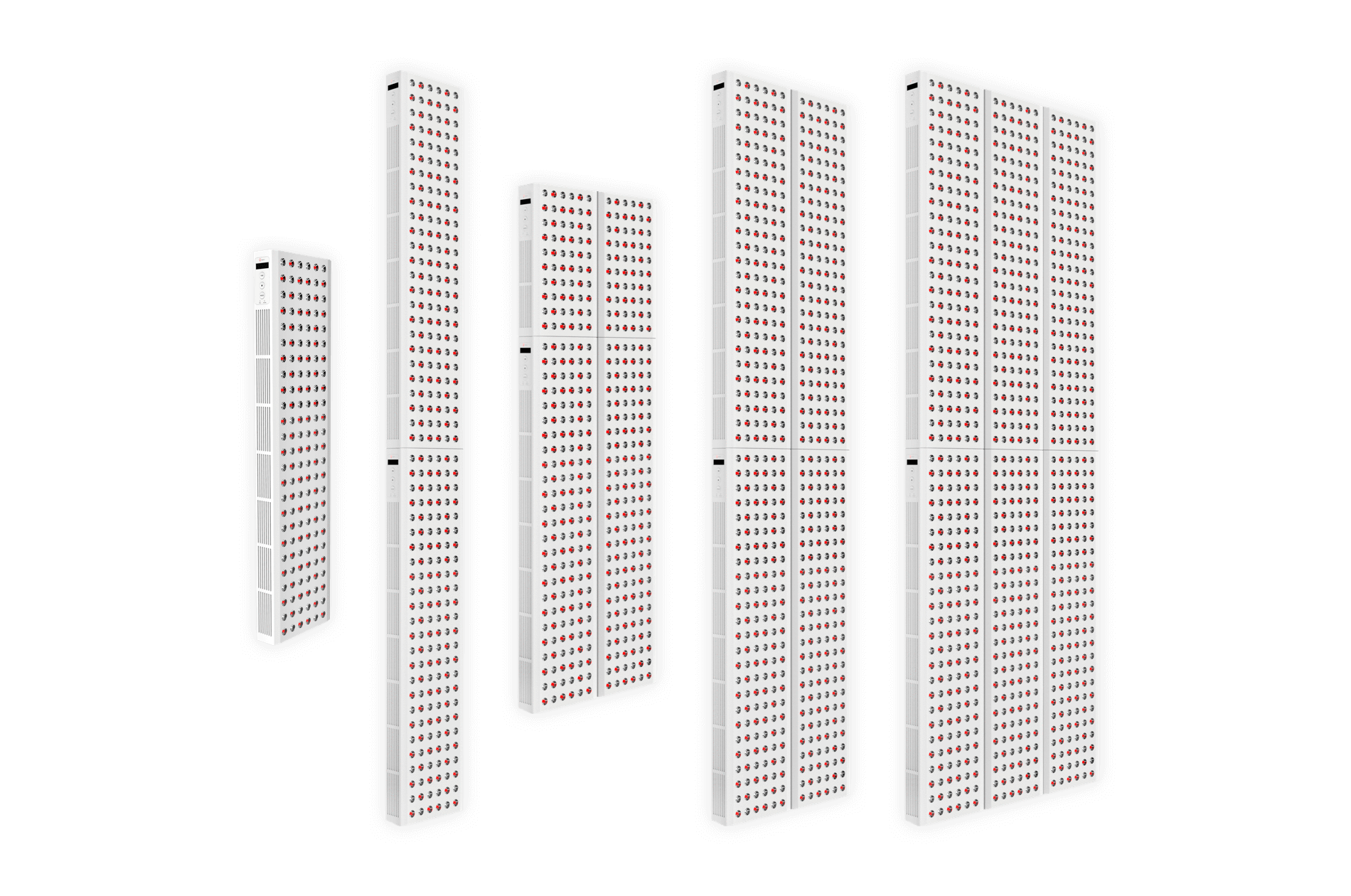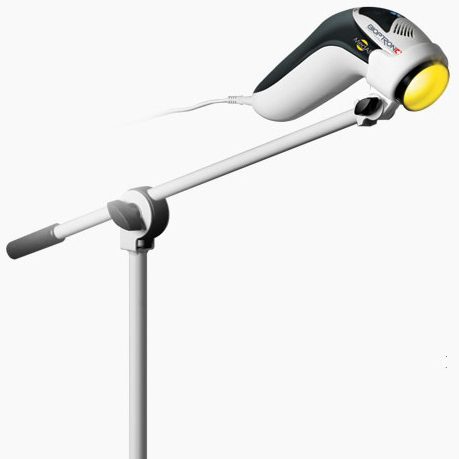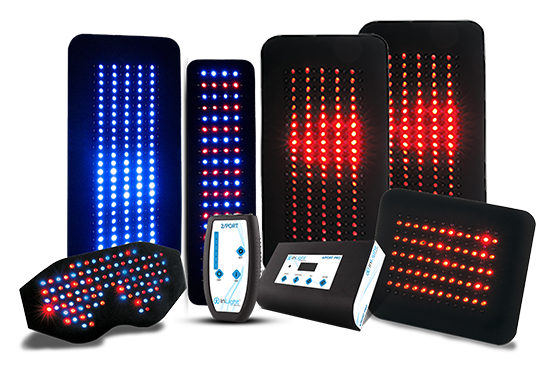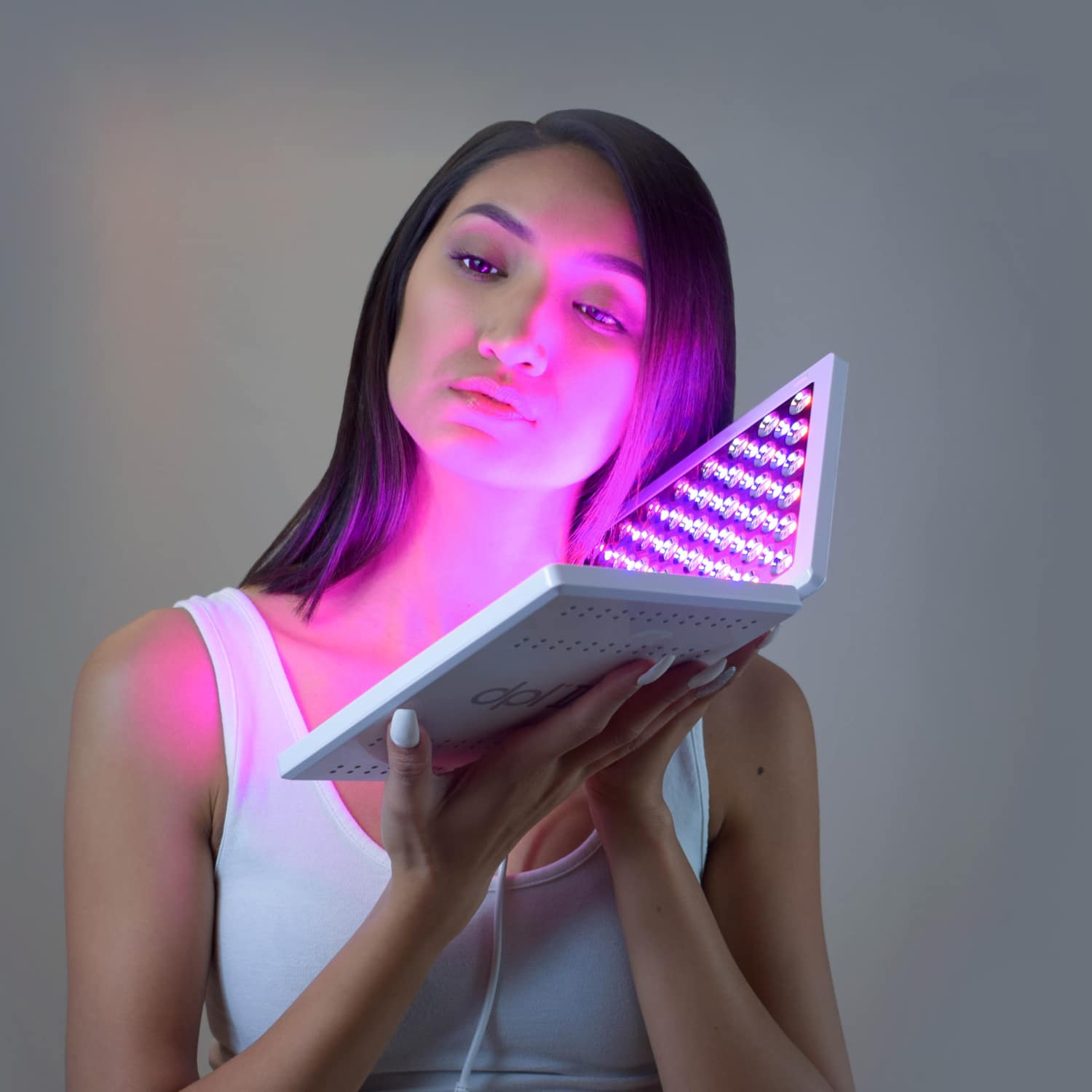Poly LED
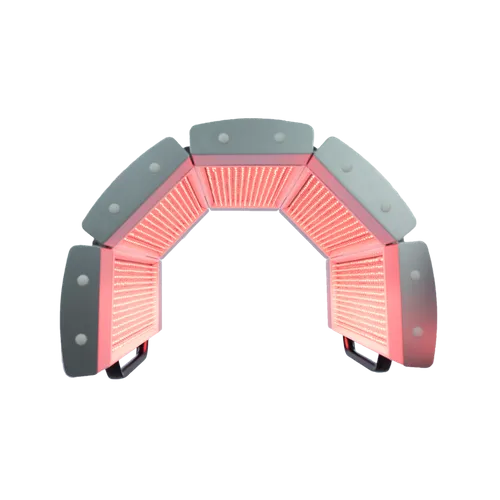

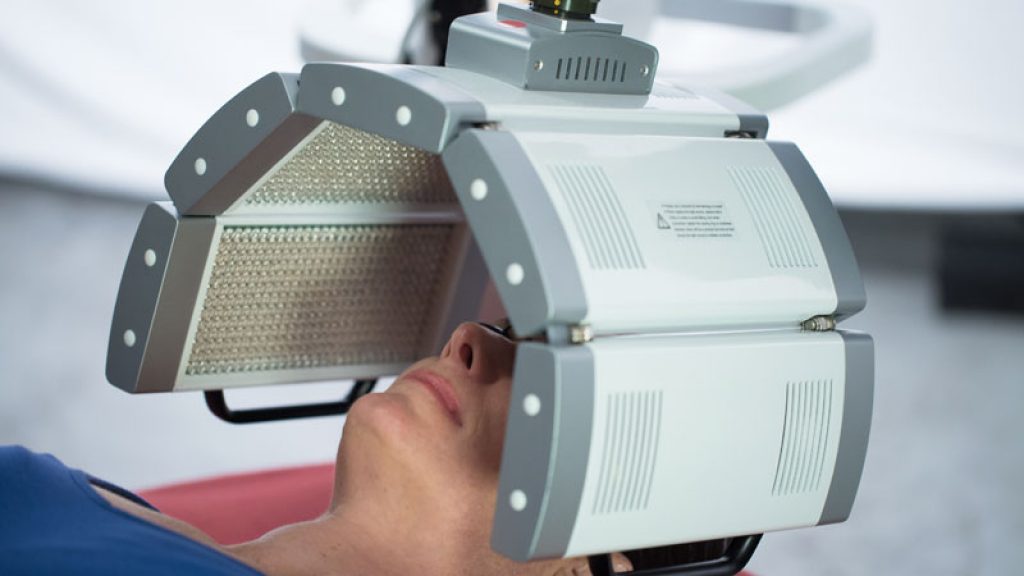
This is the latest LED light therapy company (started in 2017). After reviewing the Poly brand (I was sent their Rejuv and Clear models for 60 days. Best way to put it – This is an Omnilux on Steroids! That was my answer to them when they asked me what I thought about their machines. I know for sure that their blue led panel works. One of my friends who is on the SAD diet came over for nearly every day and used the blue panel on his face and his acne and skin looks like a totally different person. My father in law used the other panel for his knee problem and he said this works better than the cold laser he has. The POLY led panels don’t have all the diodes with red, blue, and infrared and amber all one panel which half the companies I work with tell me to avoid and the others tell me it’s better. I am all about influence and I use my spectrometer to see what the real dosages are with fewer or more diodes and see if what they are telling me is the truth.

Their blue panel was the most powerful blue LED light therapy model I have reviewed. Most LEDs have blue and red and the power density is split in half.
I would compare the Poly LED brand with Lightwave and Omnilux. So far, I have had very few returns with the Poly LED brand. The only people are the ones that want a 120mw/cm2 panel that Lightwave has. Poly goes up to 80mw. What was interesting is that one of their customers at the show said that 80mw/cm2 is better when using it with serums as the 120mw/cm2 works too fast and since it absorbs it too quickly, it can evaporate it quicker and not absorb into the dermis as much.
Most practitioners use 60mw to 80mw. Only high traffic clinics usually choose the 105nm that Omnilux has or the 120mw panel that Lightwave has.
The Poly LED company seems to have taken what’s best from each of the companies and made it better. They have a 5 folding panel that aims the diodes more directly into the face and body contours unlike the others at this time that have only 4 panels.
Poly LED panel have 5 panels that give a more direct ray than even a 4 panel. Most LED panels have 3 and 4 panels. NOTICE: most models just put out a lot of light and spaced apart LED diodes. The LED must be directional meaning that the light must aim directly at the skin to become best absorbable. Some models are curved and the light doesn’t hit the body directly. If anyone has tried a 2 panel LED the 2 panels are only aimed in two directions while a 5 panel that Poly has can hit the face with direct LED rays head on than a 4 or 3 or 2 panel
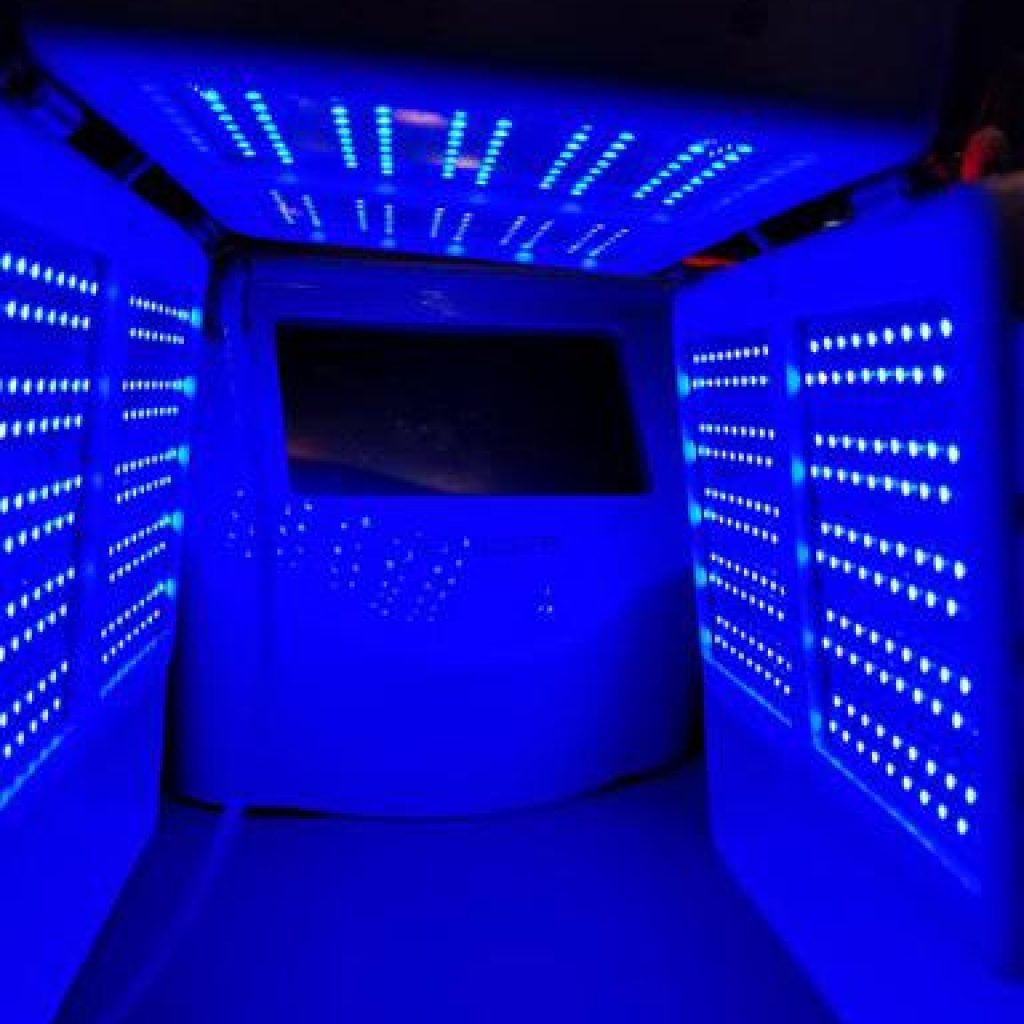
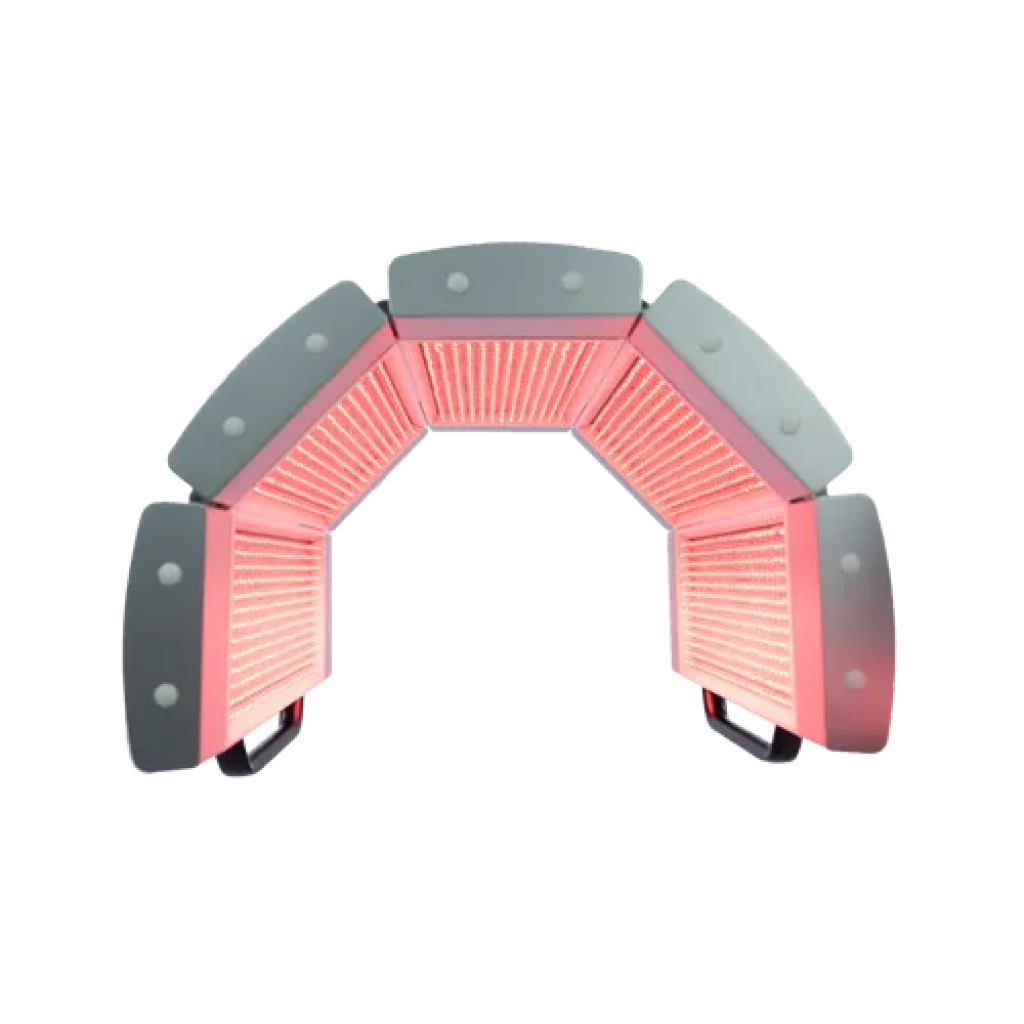
(I compared their blue LED panel to LightWave and Omnilux)
Poly Blue LED
Note: the blue Poly LED light panel if sold to consumers must be by a prescription. Anything over 500mw (combined total) is considered a class 1 medical device. Some machines flicker on the blue, then the red and its paused in between flashes so there doesn’t need to be a prescription to buy it.
The latest Poly LED panel has 1820 LEDs packed in a panel with just that single wavelength.
They are known for their single spectrum LED panels. Some people don’t like this as they have one controller and have to switch out the LED panel 3 times to offer a client a red session, a blue session, and an infrared session. With their 5 panel mode, they can have the most LED lights shining directly on the smallest area. Their
If an aesthetician wants to do multiple wavelengths and the session time is limited, the multi-wavelength brands are more recommended. If treating a single protocol, the single wavelength LED panels are recommended. So, the question to ask yourself is, do I want one device and one panel set or one device and 2 or 3 panel sets and do I have the time to do a full spectrum LED session if I have to spend time changing panels during the sessions. (Unless a clinic is large enough to have 3 controllers then the Poly LED Therapy would work more efficiently.
Poly Go – Handheld LED
This is our most popular LED for home use. This is for anyone that wants a handheld model that has a 4 hour battery life and wants high fluency per diode type.
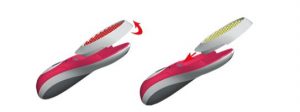
These are the same LEDs that are on their $10,000 models. The blue is for acne, the other is for pain relief and no one has returned one since 2018. The other color is for
Now that I stopped promoting the Celluma Pro, this is the handheld that I waited two years to find until it came out. The wavelengths on these are far superior than the others I have reviewed. Celluma’s wavelength according to the (chart above on the left) has a 465nm blue. This one has a 415nm blue. Celluma’s red is 640nm. Theirs is 633nm.
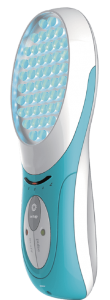
Poly LED Blue
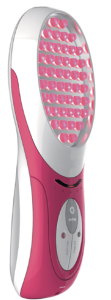
Poly LED Blue
I have at this time 12 of these that I can loan out as demos. These are the same diodes that are in their commercial models but less of them.
The picture on the right is the one that I have and it comes with the blue attachment too.
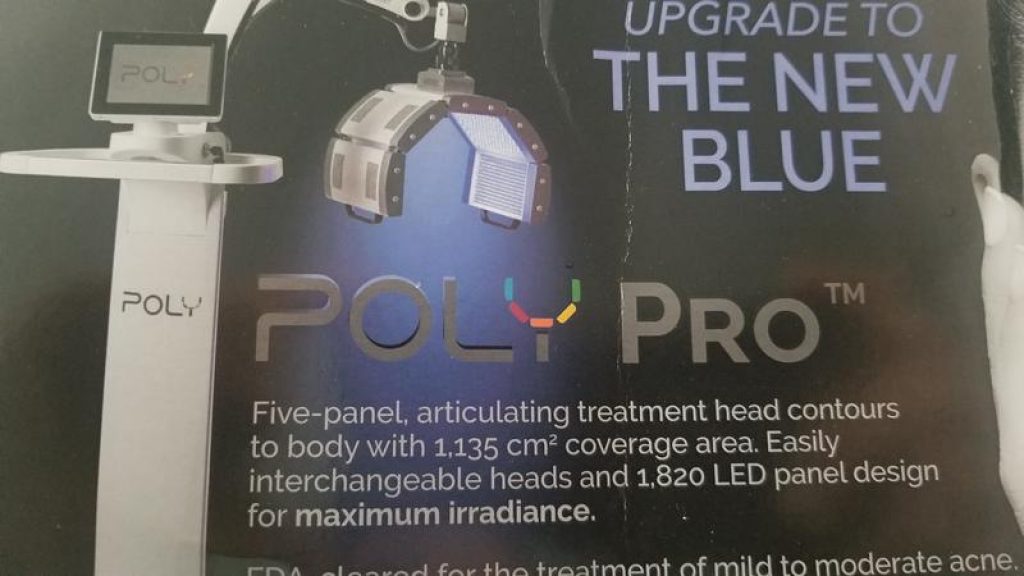
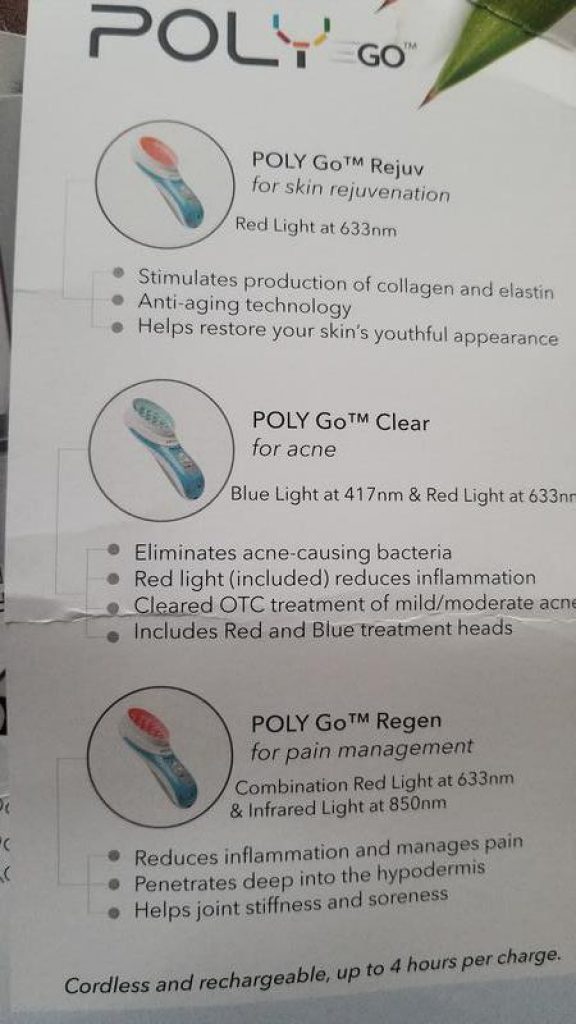
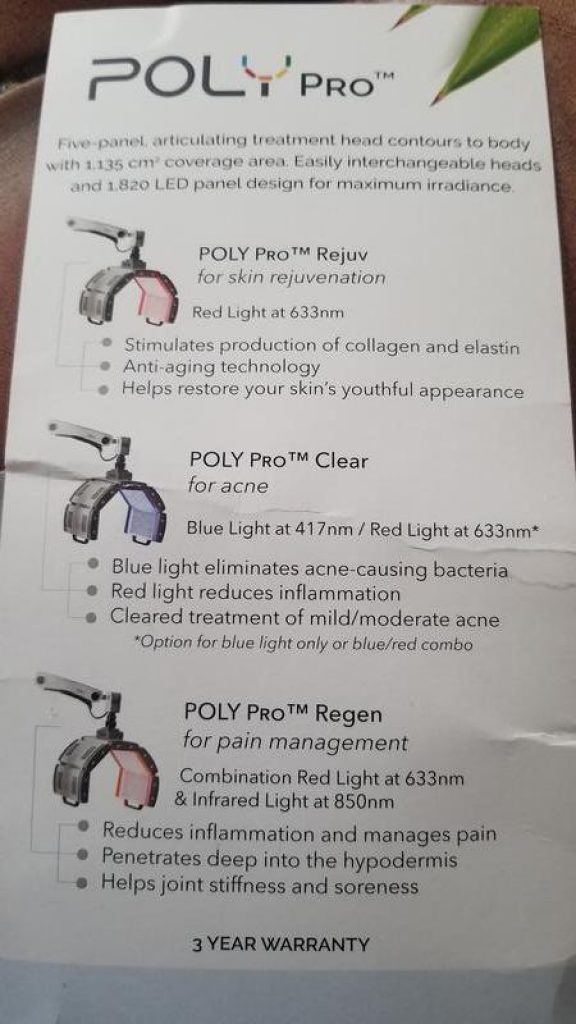
These are the flyers they give out at the show. The commercial model has 1820 diodes and retails around 7500 dollars. The Illumination Pro has 1800 diodes and costs 1800 for those that are using this for home use. The Illumination Pro is new at the time and has 660nm (deep red) instead of the 630nm (orange red).


